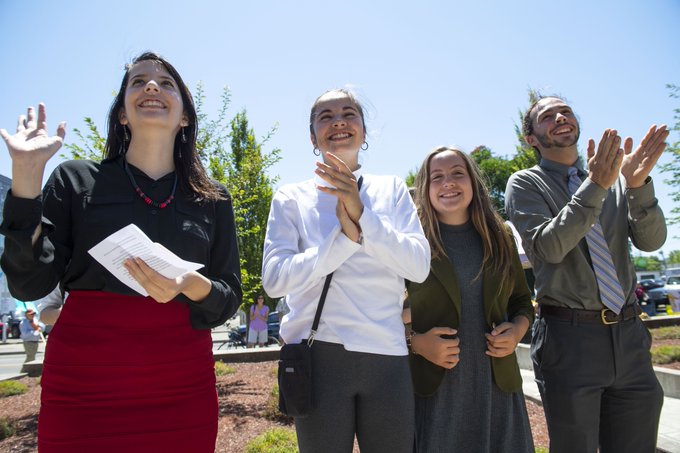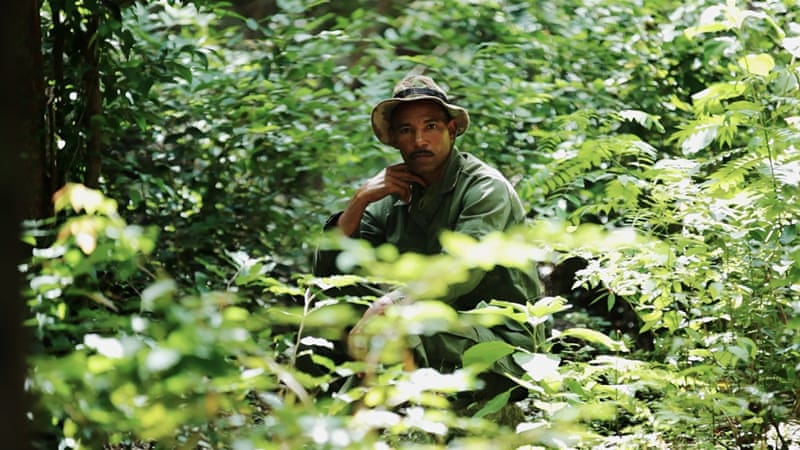Since 2015, 21 young people aged 8 to 20 have been engaged in Juliana v. the United States, a lawsuit over climate change.
The plaintiffs argue that the federal government has not taken sufficient action to battle catastrophic climate change and that the dire future of the planet infringes on their constitutional right to life, liberty, and the pursuit of happiness.
They contend that the government has known for decades how carbon dioxide pollution and the greenhouse effect affects the Earth, yet has failed to take action to save future generations from those effects.
In fact, these kids say, the government has actually taken actionable steps to make climate change worse and has "failed to protect essential public trust resources."
As Earth Guardians — a youth-led environmental group and organizational plaintiff in the lawsuit — states, "We're holding the federal government accountable for putting our future at risk and refusing to act on climate change."
The government, under both Obama and Trump, has made multiple attempts to get the lawsuit tossed out.
Juliana v. U.S. was filed during the Obama administration and has carried over into Trump's tenure. Both administrations have attempted to have the lawsuit dismissed before it reached trial, and unsurprisingly, fossil fuel industries have attempted to join in the effort.
However, the court system rejected the government's appeals to drop the case in April 2016, November 2016, and June 2017. A judge also issued an order in June 2017 that removed the fossil fuel defendants from the case.
Still, the government persisted, with a "drastic and extraordinary"attempt to have higher courts intervene in those judges' decisions. Though ultimately unsuccessful, their actions succeeded in delayingthe original scheduled trial date of Feb. 5, 2018.
However, an appeals court again ruled in favor of the kids, finally giving them their day in court.
In a final plea in summer 2018, the government tried again to get a higher court to intervene and put a swift end to the lawsuit, claiming that letting the case go to trial would be too burdensome on the government and would unconstitutionally pit the judicial and executive branches of government against one another.
But on July 20, three judges in the Ninth Circuit Court of Appeals unanimously voted to allow the case to continue, stating that such arguments were better decided in court. The kids and their lawyers are scheduled to begin trial on Oct. 29 in a federal court in Eugene, Oregon.
Once again, young people are engaging in civic action to make change in their world. Hallelujah!
Suing the federal government may seem like an extreme move, but climate change is an undeniably urgent reality — one this young generation will bear the brunt of.
Thankfully, kids and teens keep proving over and over that they are ready and willing to take collective action to protect their future, no matter what obstacles lie in their path. It takes gumption and diligence to speak truth to power, and these youth seem to have plenty of both.
Go, kids, go. Millions of your fellow citizens will be rooting for you in October.





